Unsolved Mysteries: The Top 6 Historical Puzzlers That Still Baffle Us Today
There are many unsolved mysteries in history. If you are curious about these mysteries that some historians deny the existence of and others provide evidence for, let us take you below. 👇
1. The Lost City of Atlantis
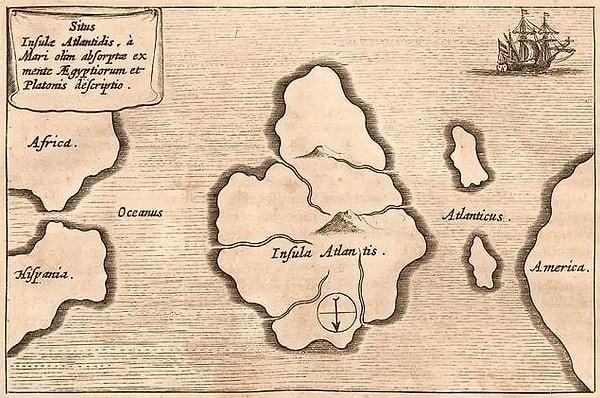
The Lost City of Atlantis is one of history's most intriguing mysteries. First mentioned by Plato in 360 BC, this city is said to have been a great civilization in the Atlantic Ocean but disappeared without a trace. There are many theories about its location, from a sunken island near the Azores to a civilization in Antarctica.
Despite extensive research and discoveries, the truth behind Atlantis remains unknown and the mystery is far from solved.
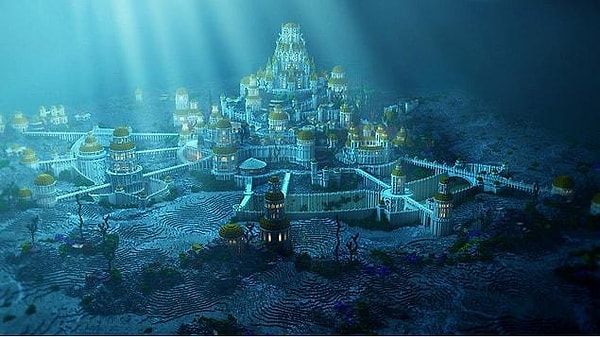
Many people believe that the story of the Lost City of Atlantis is an allegory created by Plato to illustrate the dangers of arrogance and greed. Another group, however, points to evidence of ancient cultures in the Mediterranean that may be linked to Atlantis. Whichever is true, sadly, the Lost City of Atlantis is likely to remain a mystery for generations.
2. Son of Julius Caesar
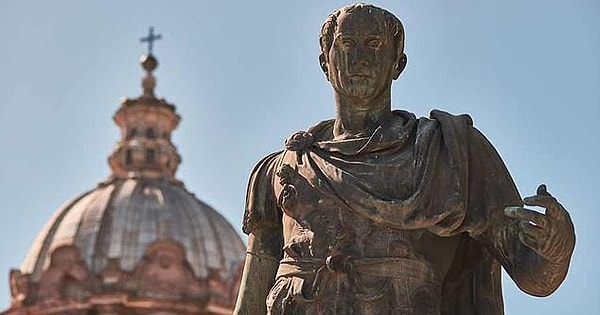
One of the unsolved mysteries of the Roman Empire concerns the existence of Julius Caesar's son. Some sources claim that he was adopted by Julius Caesar and called Caesarian, while others claim that he was the illegitimate child of the Roman leader and Cleopatra.
The only evidence for Caesarian's existence are ancient texts that refer to him both as Caesar's adopted son and as Cleopatra's illegitimate child.
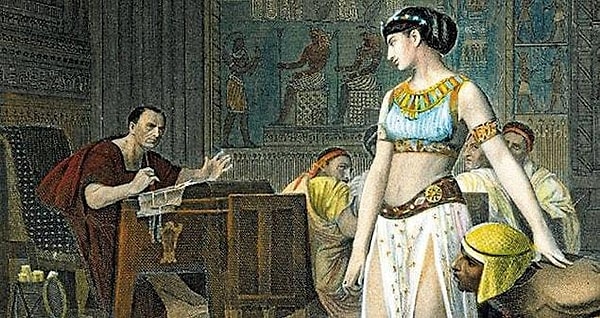
None of these texts have been authenticated, so Caesarian's true origins are unknown. It is also unclear what happened to him after Julius Caesar's assassination in 44 BC, leading some historians to speculate that he may have been killed or hidden. Did Caesarian really exist? What happened to him? Was he really recognized as the son of Julius Caesar? These questions remain unanswered, but maybe the truth will come to light one day, who knows.
3. Copper Parchment
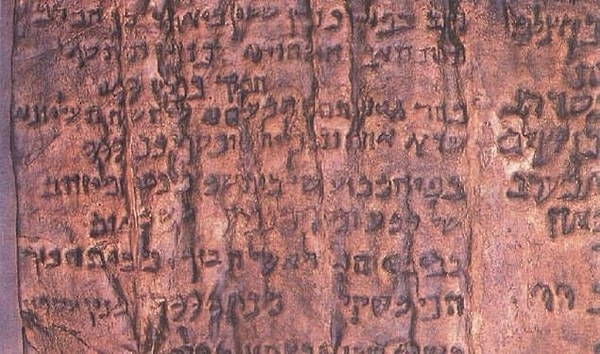
The Copper Parchment was discovered in 1952 among the Dead Sea Parchments and is believed to be about 2,000 years old. The parchment consists of two copper plates covered with a text written in ancient Hebrew letters. It contains a list of the location of 64 items or hidden treasures, including gold and silver coins, sacred vessels and other valuables.
The parchment is remarkable not only because of its age, but also because it is the only known ancient text written on metal.
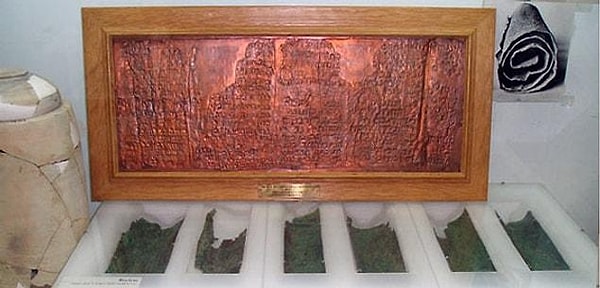
This means that it is much better preserved than other parchments that have deteriorated over time. Many items on the list remain a mystery and their locations have yet to be discovered. Many attempts have been made to decipher the Copper Parchment, but no one has yet been able to make sense of it. Some experts believe that the parchment could provide valuable information about the history of the Jewish people in the region at the time, while others think it is just a hoax. Whatever the case, the Copper Parchment remains one of history's greatest mysteries.
4. Oak Island
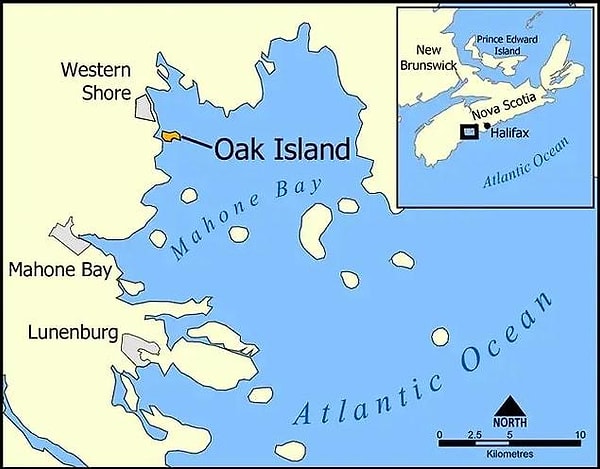
Oak Island, or Money Well, is a mysterious place on Oak Island that has long been rumored to contain buried treasure. The legend of the Money Well dates back to 1795, when three children discovered a cavity on the island and found a layer of stone underneath. What started as an innocent discovery quickly turned into a massive treasure hunt and hundreds of researchers have excavated the island for over 200 years. The Money Well has been dug deeper than 60 meters, but many believe the treasure lies much deeper than 150 meters.
As the diggers dug deeper, they found flood tunnels, stone plugs and booby traps to protect whatever was hidden.
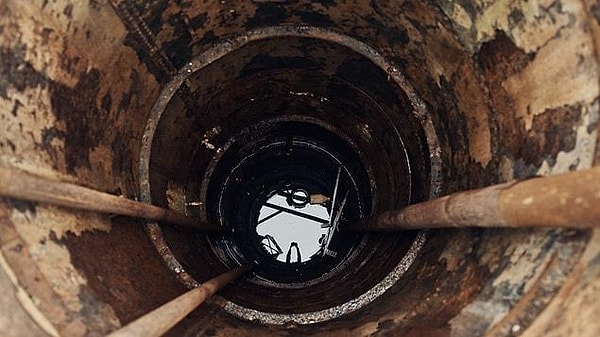
The artifacts discovered so far are two links of a gold chain and a stone inscribed with the letters 'VI' and 'C', which some believe stand for 'Viva Christo', meaning 'Long Live Christo'. Despite these discoveries, the mystery of the Money Well remains unsolved. Many believe it contains great treasure, while others think it may be a hoax. From hidden pirate treasure to ancient Native American artifacts, hundreds of theories have been proposed, but no one knows what lies at the bottom of the Oak Island Money Well.
5. King Arthur

King Arthur and the Knights of the Round Table is a famous story that has been passed down from generation to generation for centuries. But did this legendary king really exist? Historians are divided on the answer to this question. Some believe he was a real-life leader who helped unite Britain during the Dark Ages. Others claim he was just a figure of folklore and fantasy. Adding to the confusion is the fact that the first written records of King Arthur appear in the 9th century, long after he was supposed to have ruled.
This means that there is no direct evidence of his existence, only stories passed down through oral tradition.
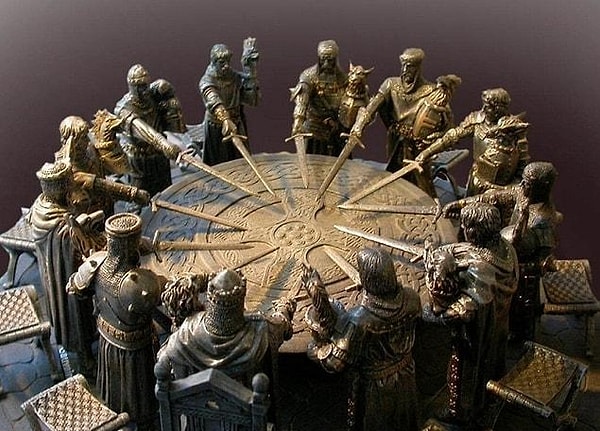
Yet many historians claim that King Arthur was a real person. The archaeological record also supports the idea of King Arthur. Archaeologists have discovered several sites that they believe may be associated with him, such as the ruins of Camelot and an ancient tomb that may be King Arthur's grave. In addition, many historical documents refer to Arthur's court and its members, suggesting that he was an important figure at the time. While we may never know whether King Arthur was a real person or just a product of folklore, it is clear that the legend has endured for centuries and continues to captivate imaginations around the world.
6. Hanging Gardens of Babylon
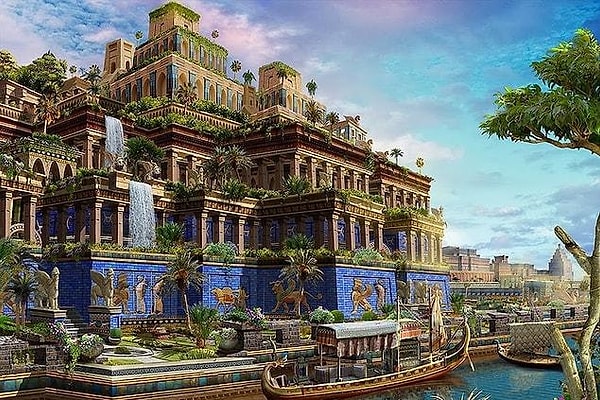
The Hanging Gardens of Babylon are one of the seven wonders of the ancient world, but their exact location is unknown. King Nebuchadnezzar II is believed to have built the garden in the 6th century BC for his wife, Queen Amytis of Media, who missed the lush vegetation of her homeland. Ancient Greek and Roman writers describe gardens as elaborate structures with rising terraces planted with trees, shrubs and flowers.
The gardens are thought to have been irrigated by an ingenious system of pumps and cisterns that collected rainwater from the Euphrates River.
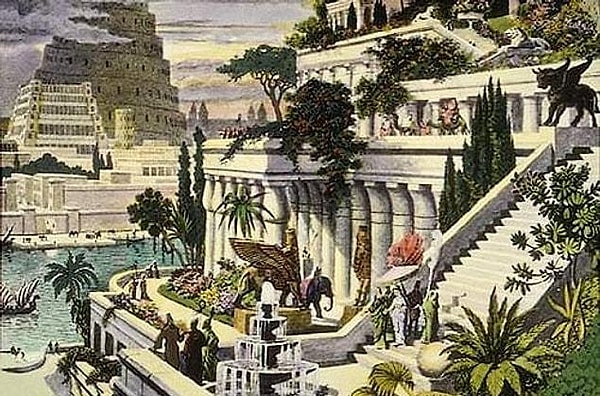
But despite numerous attempts to find them, their exact location remains a mystery. Some historians believe the gardens may have been found in modern-day Iraq, while others suggest they may have been discovered in Iran or Turkey. Unfortunately, until more evidence emerges, the truth behind this mystery is unlikely to be revealed.
Keşfet ile ziyaret ettiğin tüm kategorileri tek akışta gör!


Send Comment